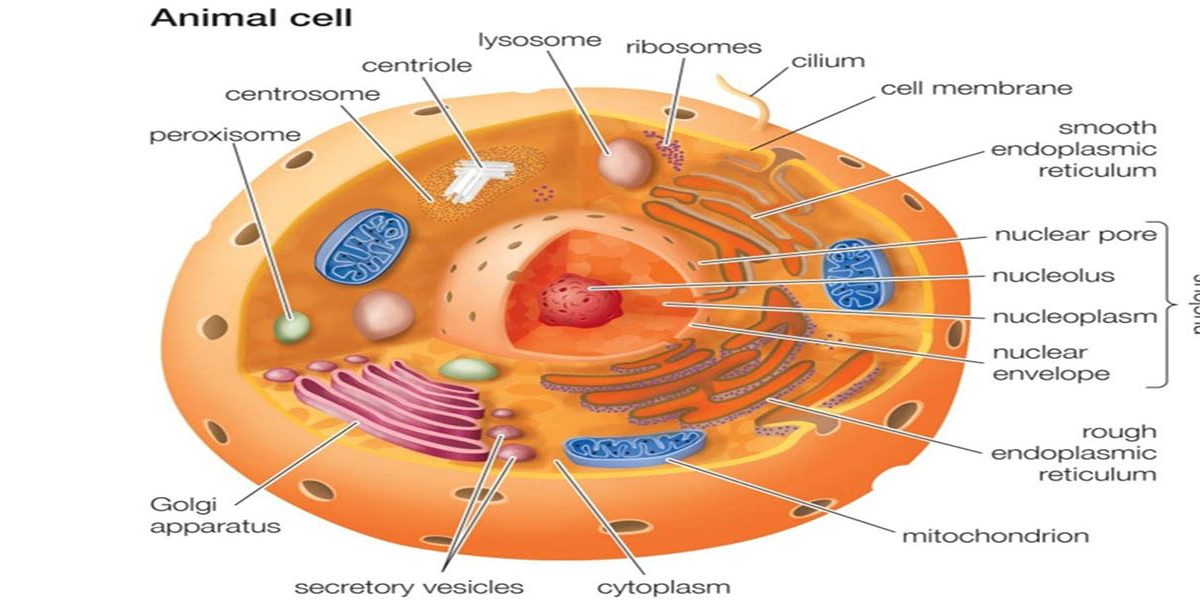In fact, Cells are the fundamental building blocks of all living creatures. The human body is consist of trillions of cells. They provide structure for the body, take in nutrients from food, turn those nutrients into energy, and perform specialized functions. Cells also possess the body’s congenital material and can make copies of themselves.
Cells have many sections, each section has a different function. Some of these sections, called organelles, are specialized structures that do certain duties within the cell. Human cells contain the following main sections, listed in alphabetical order:
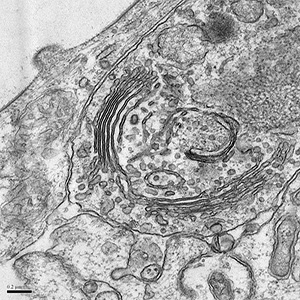
Cytoplasm
In cells, the cytoplasm is made up of a jelly-like fluid (called the cytosol) and other structures that surround the nucleus.
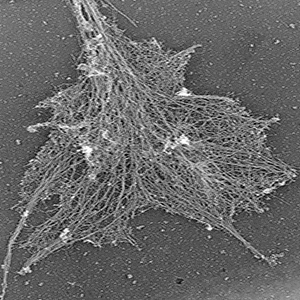
Cytoskeleton
The cytoskeleton is a network of long fibers that make up the cell’s structural frame. The cytoskeleton has several critical functions, including determining cell shape, participating in cell division and allowing cells to move. It also caters a track-like system that directs the motion of organelles and other materials in cells.
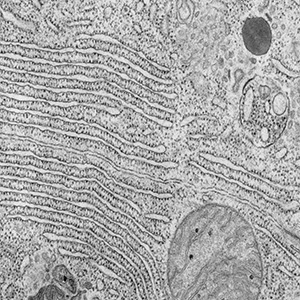
Endoplasmic reticulum (ER)
This organelle aids process molecules created by the cell. The endoplasmic reticulum also transports these molecules to their specific goals either inside or outside the cell.
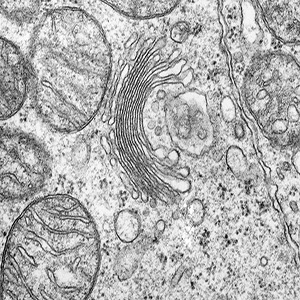
Golgi apparatus
The Golgi apparatus packages molecules processed by the endoplasmic reticulum to be transported out of the cell.
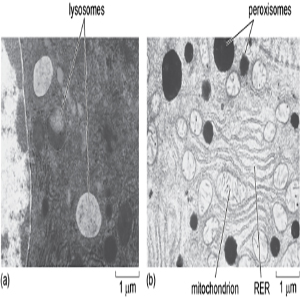
Lysosomes and peroxisomes
These organelles are the recycling center of the cell. They digest foreign bacteria that invade the cell, rid the cell of toxic substances, and recycle old cell components.

Mitochondria
Mitochondria are complex organelles that turn energy from food into a form that the cell can use. They have their own genetic substance, separate from the DNA in the nucleus, and can make copies of themselves.
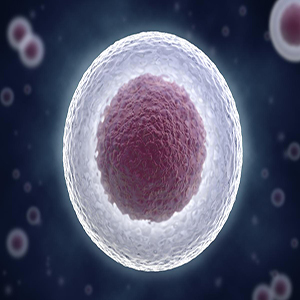
Nucleus
The nucleus serves as the cell’s command center, sending directions to the cell to grow, mature, divide, or die. It also houses DNA (deoxyribonucleic acid), the cell’s hereditary substance. The nucleus is surrounded by a membrane called the nuclear envelope, which preserves the DNA and separates the nucleus from the rest of the cell.
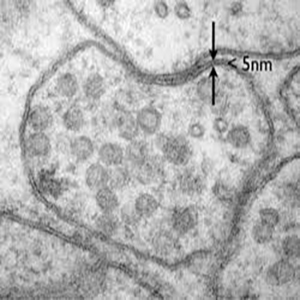
Plasma membrane
The plasma membrane is the outer lining of the cell. It separates the cell from its environment and allows materials to enter and leave the cell.
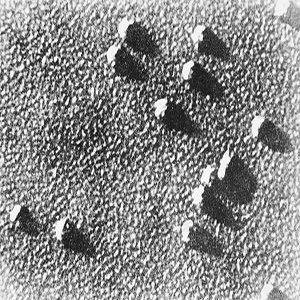
Ribosome
Ribosomes are organelles that process the cell’s genetic instructions to create proteins. These organelles can float freely in the cytoplasm or be connected to the endoplasmic reticulum.
Source link: https://ghr.nlm.nih.gov/primer/basics/cell

